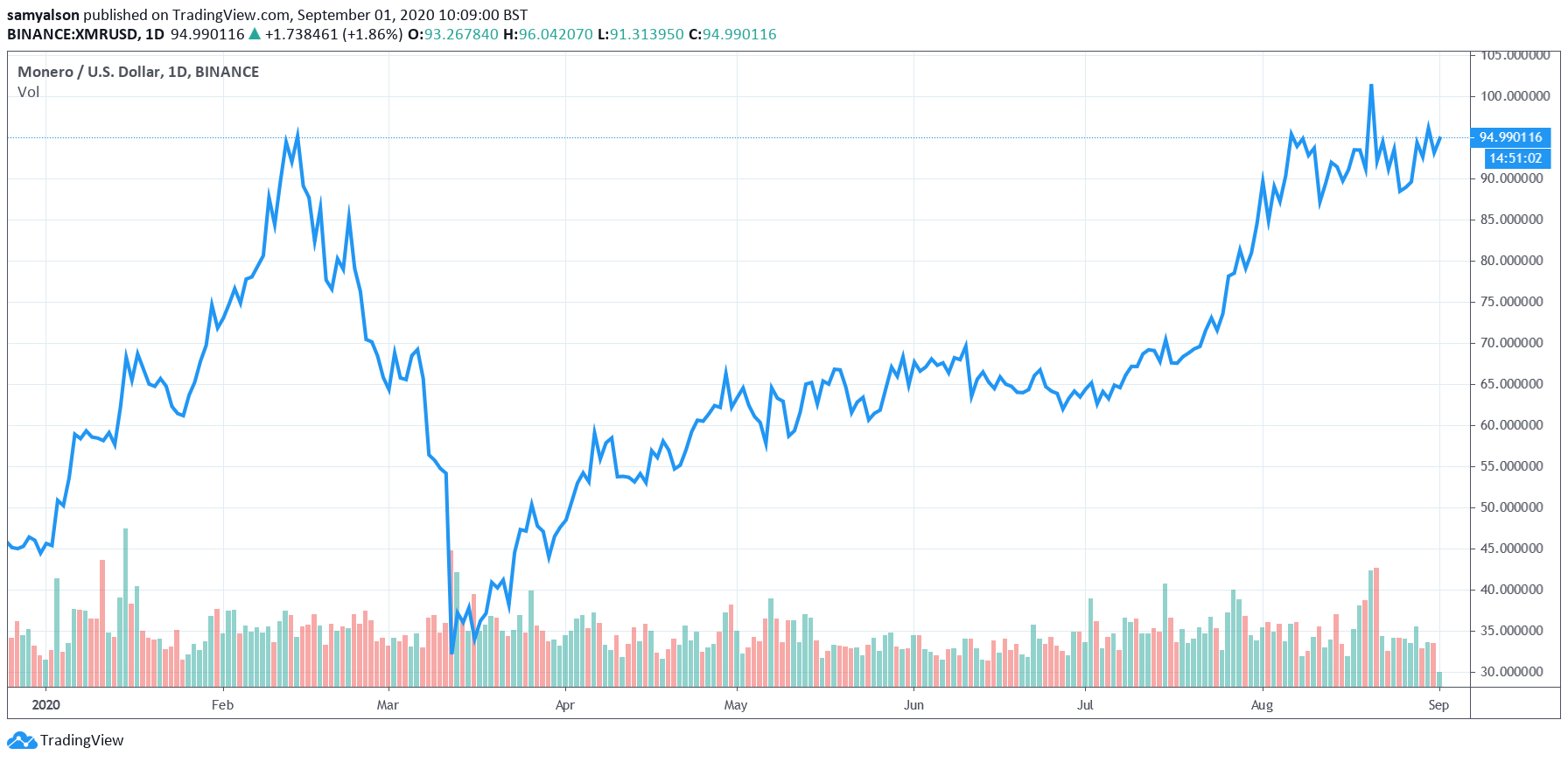A spate of exchange delistings has pushed privacy coins further to the fringes of cryptocurrency. The likes of Monero, Komodo, Bytecoin, and ZCoin have all felt the pinch of regulatory compliance in recent times.
But things ramped up today as blockchain analytics firm CipherTrace publicized its new Monero tracking tool.
In conjunction with the US Department of Homeland Security (DoHS), who have long been watching the development of privacy coins, forensic tools to trace Monero transactions now exist.
According to CipherTrace, these tools allow search, exploration, and visualization of XMR transactions.
On that, the CEO of CipherTrace, Dave Jevans, said the development was a culmination of a year’s work. What’s more, he declared the tracing tool a world’s first.
“Our research and development team worked for a year on developing techniques for providing financial investigators with analysis tools. There is much work still to be done, but CipherTrace is proud to announce the world’s first Monero tracing capability.”
CipherTrace Announces World’s First Monero Tracing Capabilities for Law Enforcement, Government, and Virtual Asset Service Providers https://t.co/jcP1tfaKzK #monero #privacycoins #blockchainanalytics
— CipherTrace (@ciphertrace) August 31, 2020
Monero Stakeholders Are Skeptical Over Claims
Such a development would render Monero’s primary use case void. But, given the broadness of the claims, some in the community remain cynical of the tool’s capabilities.
In an interview with Jevans, Compliance Analyst at DV Trading, Justin Ehrenhofer, and Researcher at Monero Research Labs, Dr. Sarang Noether, dived deeper to find out more.
Analyzing paperwork from CipherTrace, Noether asked Jevans how the tracing tool works, whether by directly identifying spend outputs on-chain or through determining statistical likelihoods.
“If I have a suspicion that two previous transaction outputs were directed to the same entity, later on, depending on how the user decides to act, he might spend a transaction that includes one of those outputs in one ring, and another one of those outputs in another ring. But both of which are associated with a single transction. And from there you might assign a certain statistical likelihood that those are in fact the true signers among those particular rings. Is that what this is showing?”
In response, Jevans was unable to answer the question, saying it was too technical for his understanding.
Noether pushed further by directly asked what is the method by which the Monero tracing tool works.
Jevans then confirmed Noether’s assessment by saying the tool uses statistical analysis to narrow the field of search. But he was unable to give more details on how this model determines statistical significance.
“to develop a skeleton, if you will, framework for improving the accuracy of the heuristical search models. And so, using probablistic models we’re able to trim down the search tree dramatically.”
As such, despite the fanfare, the tool developed by CipherTrace is not capable of directly tracing ring signers. With that, Monero stakeholders can breathe a sigh of relief as its protocol remains private.

Monero YTD daily chart with volume. (Source: tradingview.com)
from NewsBTC https://ift.tt/2YThUK9
